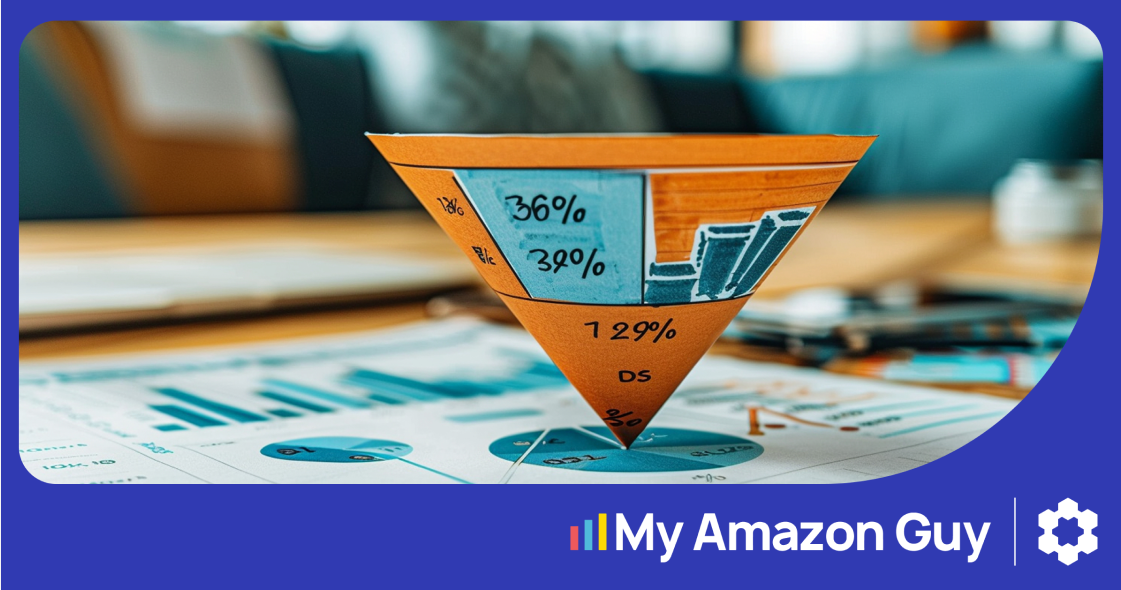The explosive growth of new marketplaces in recent years has increased competition and created obstacles to effective ecommerce marketplace management.
But looking beyond the marketplace(s) you’re focused on building can help increase your sales and maintain your reputation with consumers. If you aren’t actively monitoring other marketplaces, you could miss how listings there negatively affect your online business.
In this article, we’ll discuss how cross-marketplace monitoring can be an effective tool to protect your listing prices and also help boost your sales.
Ecommerce Marketplace Management: The Importance of Looking Beyond
Many brands fall into the misconception that if they’re only selling on Amazon, then they only need to be concerned with managing their business on Amazon. When brands ignore what’s happening with their products listed on other marketplaces such as eBay, Tokopedia, Alibaba, Bukalapak, Temu, or AliExpress (just to name a few), they can miss out on crucial factors contributing to very low price-matching.
These marketplaces sometimes sell counterfeit products that make their way into the US marketplaces via resellers who don’t realize (or don’t care) that the goods are fraudulent.
Having an ecommerce monitoring service in place can help identify the marketplaces to focus on for enforcement, identify supply chain leaks, and verify the authenticity of the merchandise listed.
Social Media Platforms Effect on Marketplace Business
As with the growth of the ecommerce industry, we have also seen an increase in social media personalities on platforms such as TikTok offering advice on sourcing popular brands on Chinese marketplaces at a low cost and reselling that merchandise on US marketplaces for a profit.
As savvy as consumers can be, it’s hard for them to say no to getting what they think is a deal on a product they are searching for. Consumers often don’t realize that products listed for sale on marketplaces are not necessarily offered by authorized sellers of the brand and, therefore, may not be stored or handled properly – or could be entirely fake.
Once the consumer receives damaged or counterfeit products, they are more likely to blame the brand than the reseller. These marketplaces and products damage a brand’s margin and reputation if a consumer receives inferior quality products.

Cross-Marketplace Monitoring Provides Brands Better Control of their Message to Consumers
With over 200 marketplaces globally, ecommerce marketplace management may seem daunting. The process can be frustrating and time-consuming for a brand to manage without the proper technology and personnel.
Various marketplaces have different requirements and guidelines for enforcement against listings/sellers, such as needing to provide a Business License or Articles of Incorporation, a Trademark Registered in the country the marketplace is located, and sometimes even requiring a Business License in the country where the marketplace is located.
In addition, marketplaces such as Amazon, while giving the illusion of providing an easy way to submit enforcements via Brand Registry, require precise language for the enforcements to not only get through their algorithm but to be approved. Laws in various countries will also affect what options you may or may not have for enforcement in a particular marketplace.
Marketplace Monitoring, Enforcement and Management
For most brands and authorized licensees, the most effective way to monitor and address listing concerns across multiple ecommerce marketplaces is to engage with a service like VantageBP, which can automatically monitor marketplace listings, submit needed enforcements, and uncover counterfeit products.
Additionally, if your marketplace growth is focused on Amazon, using a combination of automated alert tools and an online brand protection service can help notify you when a reseller steals the Buy Box or drops the price below your target margin for a listing. These tools can also alert you when you receive a negative review, which could indicate the presence of counterfeit products.
Brand Protection services allow you to manage your marketplace presence at both a macro and a micro level. Let’s look at some examples.
Let’s say that Amazon is your marketplace of focus to drive sales. In this scenario, you most likely will want to focus on your ecommerce management at a micro level. This could mean prioritizing enforcement based on one or more of the following metrics:
- Focusing on Specific ASINs.
- These may be your most popular ASINs, the ASINs you have the lowest buybox win rate on, or ASINs that are “Amazon-Exclusive” offerings.
- Prioritizing Enforcement on Sellers Winning the BuyBox.
- Focusing on Sellers which are below the desired MSRP.
- Whether your brand has a MAP Policy in place or not, focusing on sellers below MSRP can help increase your listing price point.
- Prioritizing Sellers with Negative Reviews.
For all other monitored marketplaces, you will likely want to manage those at a macro level. This means:
Not limiting enforcement to specific SKUs.
On these marketplaces, you want to focus on remedies against sellers doing the most damage to your brand through a high # of listings of the brand, suspected counterfeit products, as well as low-priced products, especially when currency conversion rates would allow the resale of your products on Amazon to be at concerningly low prices.
Prioritizing Sellers Shipping from Other Countries.
Remember that the seller’s shipping location can easily indicate possible counterfeit products or products being back-doored by the factory.
Prioritizing Image Matched Products.
Marketplaces such as Alibaba allow consumers to upload an image for a “Product Inspiration” search. These image searches can direct consumers to listings that may be using the brand’s images but shipping other similar but inauthentic products to the consumer. If the consumer recognizes the image as a particular brand, receiving a different product can cause confusion and possibly negatively impact the brand. Enforcing the removal of listings using the brand’s images prevents these image searches from matching those listings, reducing consumer disappointment.
Take a look at this case study illustrating how cross-marketplace control allowed a brand to increase its Buy Box control and margin on Amazon by taking action against low-priced listings on eBay.
UMAP Policies: Another Layer of Protection for Your Brand
In addition to monitoring and enforcing on resellers and listings across multiple marketplaces, having a Unilateral Minimum Advertised Price (UMAP) policy can also help maintain your expected price points. UMAP policies can be given to your distributors for all resellers who purchase from them to acknowledge.
Using the information gathered on the resellers and their listing prices from an online brand protection service, brands can address any price violations and enforce them as addressed in their UMAP. However, it’s important to note that not all countries recognize or allow UMAP policies.
The brand does not have to sell actively on the same marketplaces as the resellers to address UMAP violations with the sellers and their distributors. Having a UMAP policy in place simply provides an additional layer of price control and prevents low-price matching.
Navigating Marketplace Pain Points in Cross-Marketplace Ecommerce Management
Every brand will have unique cross-marketplace ecommerce management needs depending on the type of products it sells, its distribution channels, the popularity of its brand, and its relationship with its factories.
Start by pinpointing your main pain points in your target marketplace(s) while growing your business. Once you’ve determined that, you can look outward to decide what might be causing these pain points and then address them accordingly.
The important part is being aware of your brand’s online presence from a big-picture perspective and then addressing each of the individual marketplaces as needed. For that, cross-marketplace ecommerce management (and the tools to support it) is the perfect strategy to get you where you need to go.








